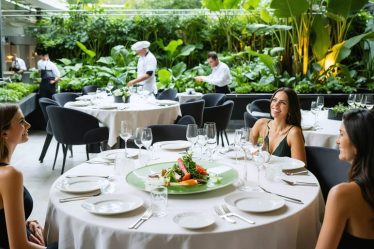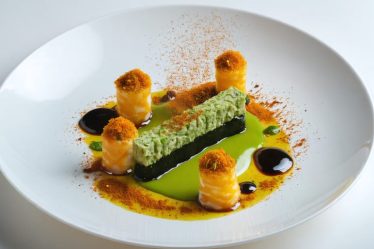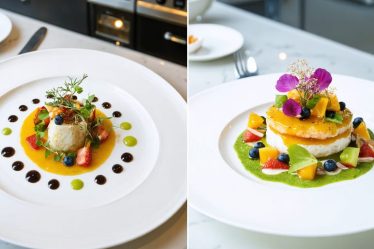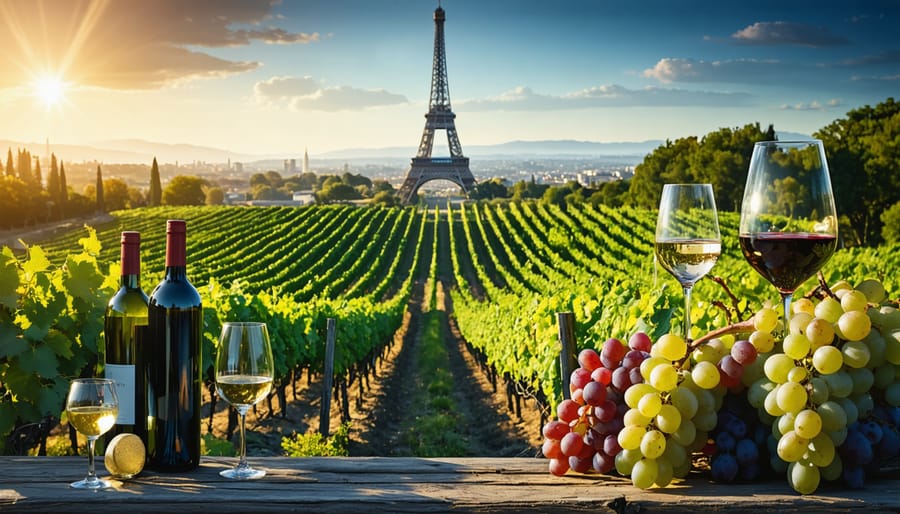
Picture this: on a sunny California afternoon in 2006, wine history repeated itself in the most delicious way possible. Thirty years after the legendary 1976 Judgment of Paris shocked the wine world by proving California wines could compete with France’s finest, a special anniversary tasting brought together the original winners for another showdown. This wasn’t just any wine tasting – it was a celebration of how one blind tasting forever changed the way we think about wine.
The 2006 recreation gathered wine experts in both Napa and London simultaneously, connecting via video link to taste and judge the original winning wines from 1976 alongside their newer vintages. With legendary bottles like Stag’s Leap Wine Cellars and Château Mouton Rothschild going head-to-head once again, this tasting didn’t just honor the past – it proved that great wine knows no boundaries, whether they’re geographical or historical.
If you’ve ever wondered how a single event could reshape an entire industry’s future, this story will make you reach for your favorite glass of wine with newfound appreciation.
The Original 1976 Tasting That Started It All
Picture this: a spring day in Paris, 1976, when a British wine merchant named Steven Spurrier decided to shake up the wine world with what would become a legendary blind tasting. At the time, French wines were considered the undisputed champions of the wine world – no one even questioned their superiority. That was about to change dramatically!
Spurrier gathered nine of France’s most respected wine judges and presented them with both prestigious French wines and relatively unknown California wines. The twist? None of the judges knew which wines were which during the tasting. What happened next sent shockwaves through the wine industry: California wines won both the red and white categories! Chateau Montelena’s 1973 Chardonnay and Stag’s Leap Wine Cellars’ 1973 Cabernet Sauvignon took the top spots, beating out some of France’s most celebrated wines.
The results were so controversial that some French judges tried to reclaim their score cards to change their ratings once the wines were revealed. Time magazine’s George Taber was the only journalist present, and his article about the tasting became an instant sensation. This event, which became known as “The Judgment of Paris,” completely transformed the wine industry.
The tasting didn’t just put California wines on the map – it democratized wine appreciation worldwide. It proved that exceptional wines could come from anywhere, not just traditional European vineyards. This revolutionary moment opened doors for new wine regions globally and encouraged wine lovers to explore beyond the traditional French classics. Looking back, we can thank this pivotal moment for the wonderfully diverse wine world we enjoy today.
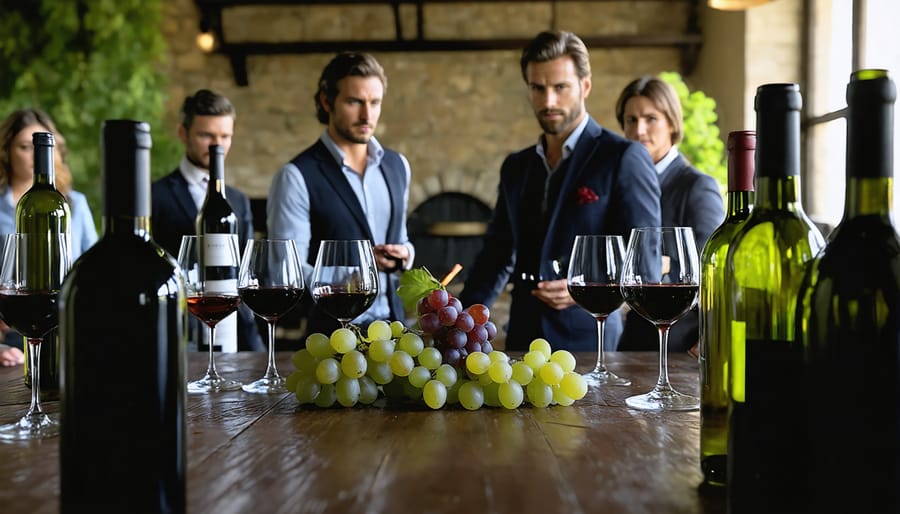
The 2006 Anniversary Re-Tasting: A New Chapter
The Competing Wines
The 2006 tasting featured the same legendary California and French wines from the original 1976 event, but with newer vintages that showcased how these wineries had evolved over three decades. On the California side, we saw familiar names like Stag’s Leap Wine Cellars and Ridge Vineyards bringing their best Cabernet Sauvignons to the table. The French contingent included prestigious Bordeaux estates such as Château Mouton-Rothschild and Château Haut-Brion, whose wines have been setting standards for centuries.
What made this lineup particularly special was how it represented both tradition and innovation. While the French wines continued their legacy of elegant, terroir-driven styles, the California wines showed remarkable refinement compared to their more robust 1976 counterparts. Each bottle told a story of how winemaking philosophies had developed over time, while staying true to their roots.
The tasting included both red and white wines, with Chardonnays from Chateau Montelena and Meursault-Charmes among the whites, creating a comprehensive showcase of both regions’ strengths.
The Surprising Results
The results of the 2006 anniversary tasting left wine enthusiasts worldwide absolutely stunned! In a delightful twist that had everyone talking, California wines once again proved their exceptional quality. The 1971 Ridge Monte Bello Cabernet stole the show among the reds, while Chateau Montelena’s 1973 Chardonnay maintained its legendary status among the whites.
What made this particularly exciting was how the California wines weren’t just holding their own – they were aging beautifully. The French judges, who had been initially skeptical thirty years ago, couldn’t help but acknowledge the remarkable staying power of these American wines. Imagine their surprise when Ridge Monte Bello secured both first and second places in different categories!
The tasting also revealed something fascinating about how wines age. Some of the bottles that weren’t considered top contenders in 1976 had developed incredibly complex flavors over the decades. It just goes to show that, like many of us, wines can surprise you with how well they mature!
For wine lovers everywhere, these results confirmed what many had suspected: great wine knows no borders. The 2006 tasting cemented California’s place in the world of fine wines, proving that sometimes the best things in life come from unexpected places.
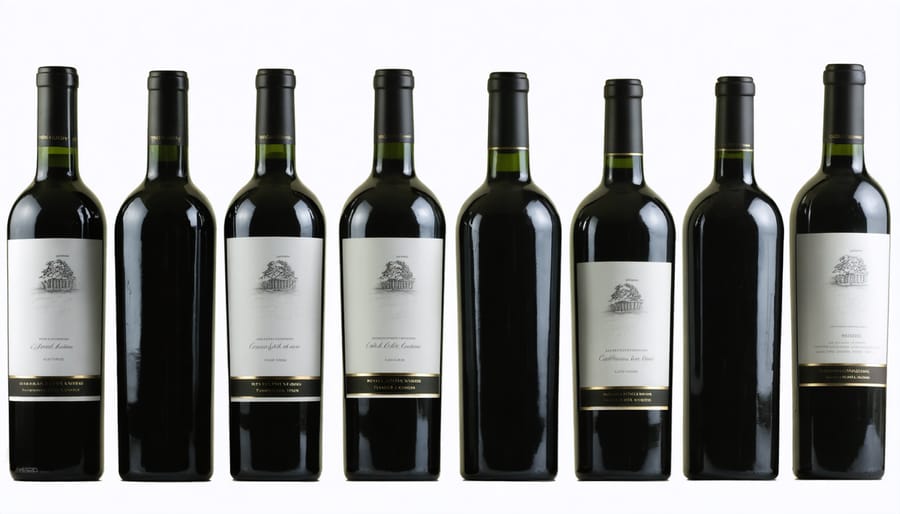
How This Changed Modern Wine Pairing
Breaking Traditional Rules
The 2006 Judgment of Paris anniversary tasting turned traditional wine wisdom on its head, proving that great wine isn’t bound by geography or tradition. Gone were the days when French wines automatically claimed superiority over their California counterparts. This event challenged the notion that you needed to follow strict rules about which wines paired with which foods, or that only certain regions could produce exceptional wines.
For many wine enthusiasts, including those pursuing a certified wine course, this tasting reinforced that quality wine can come from unexpected places. It encouraged people to trust their own palates rather than solely relying on expert opinions or traditional guidelines.
The event sparked a movement toward more experimental wine pairings and a broader appreciation for wines from emerging regions. It gave wine lovers permission to break free from old-school rules and explore new possibilities. Today, we can confidently serve a California Cabernet with French cuisine or pair a Napa Valley Chardonnay with classic European dishes – something that might have raised eyebrows before this groundbreaking tasting.
New World Wines in Modern Cuisine
Today’s modern cuisine has embraced California wines with open arms, proving that the revelations from the Judgment of Paris weren’t just a fleeting moment. These New World wines have become staples in contemporary wine lists, adding exciting dimensions to every fine dining experience. Innovative chefs are particularly drawn to California Cabernets and Chardonnays, pairing them with farm-to-table dishes and fusion cuisine.
What’s particularly exciting is how these wines have inspired a whole new approach to food pairing. Gone are the rigid rules of strictly European wine traditions. Instead, we’re seeing creative combinations like Napa Valley Cabernet Sauvignon with Asian-inspired dishes or California Chardonnay complementing modern American comfort food.
The versatility of these wines has also encouraged home cooks to experiment more freely in their kitchens. Whether you’re hosting a casual dinner party or planning a special celebration, California wines offer approachable yet sophisticated options that work beautifully with various cuisines. Their fruit-forward profiles and balanced structures make them particularly friendly for both wine enthusiasts and newcomers alike.
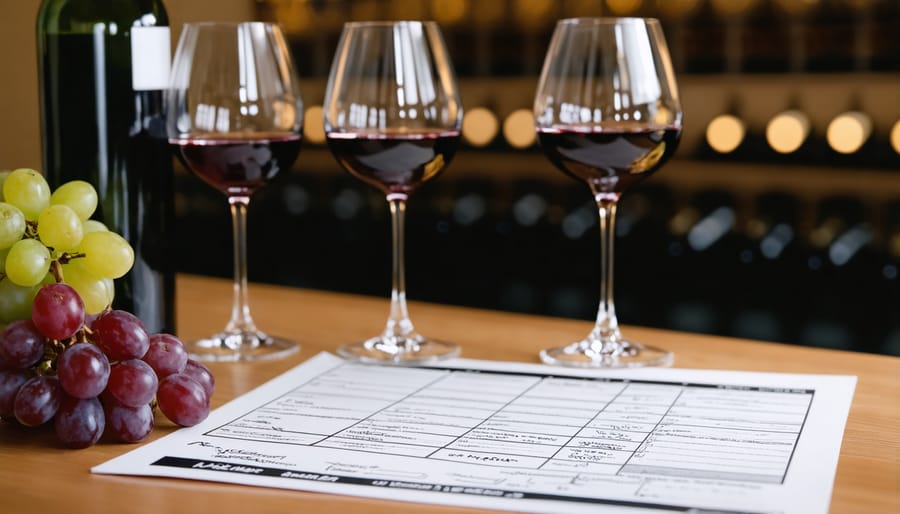
Hosting Your Own Wine Tasting Experience
Want to capture some of that Judgment of Paris magic in your own home? Creating a memorable wine tasting experience is easier than you might think! As someone who’s hosted countless tastings for friends, I can tell you it’s all about thoughtful planning and keeping things fun rather than stuffy.
Start by building your essential wine collection with 6-8 different wines. For a Paris-inspired evening, consider including both California and French wines to create your own friendly competition. I love pairing a California Cabernet Sauvignon with a Bordeaux, or a Napa Chardonnay with a white Burgundy.
Set the stage with these easy-to-follow tips:
First, gather your supplies: wine glasses (one per wine per person), water glasses, spittoons (empty coffee cups work great!), and plain crackers for palate cleansing. Don’t forget small note cards and pens for your guests to jot down their impressions.
Temperature matters! Serve your whites at 45-50°F and reds at 60-65°F. Pro tip: Take whites out of the fridge 20 minutes before serving, and pop reds in for 20 minutes before pouring.
Create tasting sheets with simple categories like appearance, aroma, taste, and overall impression. Keep it casual – there’s no need for complex scoring systems unless your friends are really into it!
Make it interactive by serving wines “blind” (bottles wrapped in foil or paper bags). This adds an element of surprise and prevents any preconceptions about labels or prices from influencing opinions.
Remember to provide some light snacks – nothing too heavy or strongly flavored. Think mild cheeses, plain crackers, and maybe some fresh bread.
Most importantly, keep the atmosphere relaxed and welcoming. The best wine tastings are those where everyone feels comfortable sharing their thoughts, whether they’re wine experts or complete beginners. After all, the spirit of the Judgment of Paris was about breaking down preconceptions and discovering new favorites!
The 2006 Judgment of Paris anniversary tasting didn’t just celebrate history – it revolutionized how we think about wine today. It reminded us that exceptional wines can come from unexpected places, and that our preconceptions about what makes a “great wine” deserve to be challenged. As someone who once stuck strictly to French wines, I’ve learned that being open-minded about wine can lead to the most delightful discoveries.
This legendary tasting continues to inspire wine lovers to explore beyond traditional boundaries. Whether you’re just starting your wine journey or you’re a seasoned enthusiast, let this historic event encourage you to step out of your comfort zone. Try wines from emerging regions, join local tasting groups, or host your own blind tasting party with friends. You might be surprised to find your new favorite bottle comes from a place you least expected.
Remember, wine appreciation isn’t about following rules or matching others’ preferences – it’s about discovering what speaks to your own palate. The true legacy of the Judgment of Paris is that it gave us all permission to trust our own taste and embrace the wonderful diversity of the wine world.

